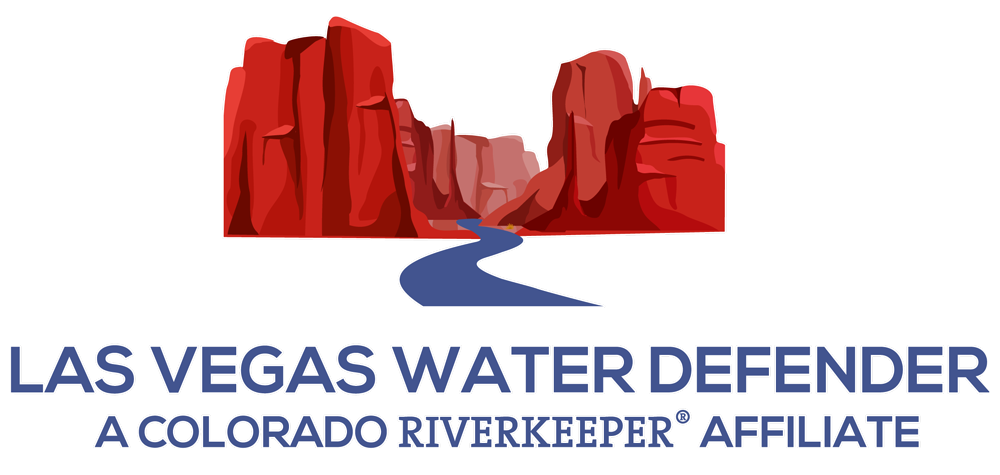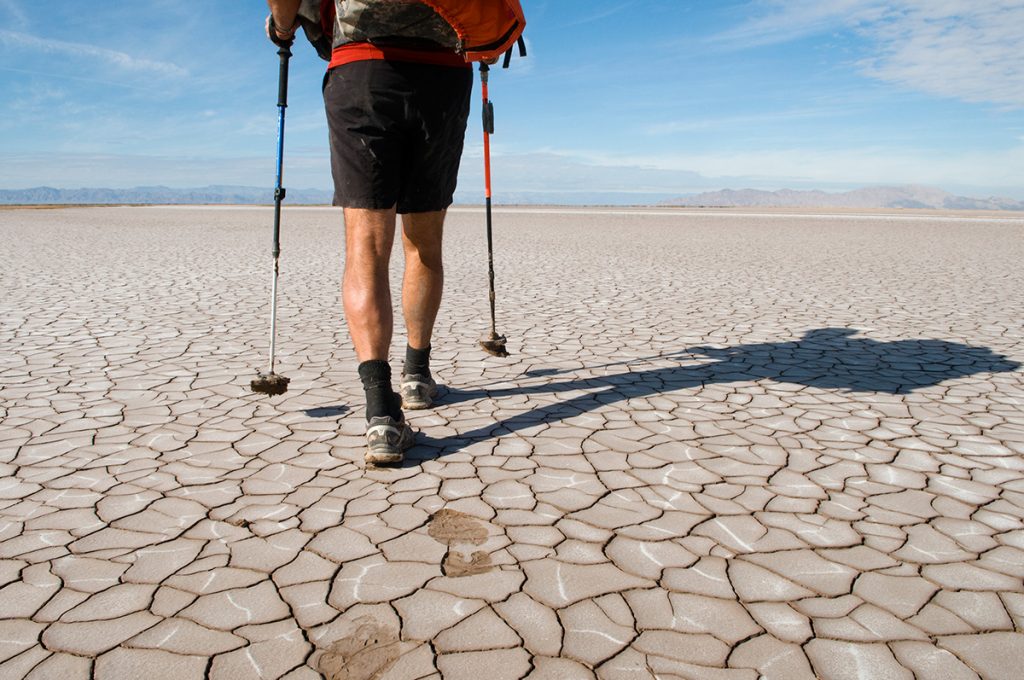From its source high in the Rocky Mountains, the Colorado River channels water south nearly 1,500 miles, over falls, through deserts and canyons, to the lush wetlands of a vast delta in Mexico and into the Gulf of California.
That is, it did so for six million years.
Then, beginning in the 1920s, Western states began divvying up the Colorado’s water, building dams and diverting the flow hundreds of miles, to Los Angeles, San Diego, Phoenix and other fast-growing cities. The river now serves 30 million people in seven U.S. states and Mexico, with 70 percent or more of its water siphoned off to irrigate 3.5 million acres of cropland.
The damming and diverting of the Colorado, the nation’s seventh-longest river, may be seen by some as a triumph of engineering and by others as a crime against nature, but there are ominous new twists. The river has been running especially low for the past decade, as drought has gripped the Southwest. It still tumbles through the Grand Canyon, much to the delight of rafters and other visitors. And boaters still roar across Nevada and Arizona’s Lake Mead, 110 miles long and formed by the Hoover Dam. But at the lake’s edge they can see lines in the rock walls, distinct as bathtub rings, showing the water level far lower than it once was—some 130 feet lower, as it happens, since 2000. Water resource officials say some of the reservoirs fed by the river will never be full again.
Climate change will likely decrease the river’s flow by 5 to 20 percent in the next 40 years, says geoscientist Brad Udall, director of the University of Colorado Western Water Assessment. Less precipitation in the Rocky Mountains will yield less water to begin with. Droughts will last longer. Higher overall air temperatures will mean more water lost to evaporation. “You’re going to see earlier runoff and lower flows later in the year,” so water will be more scarce during the growing season, says Udall.
Read the full article at Smithsonian Magazine.


Leave a Reply